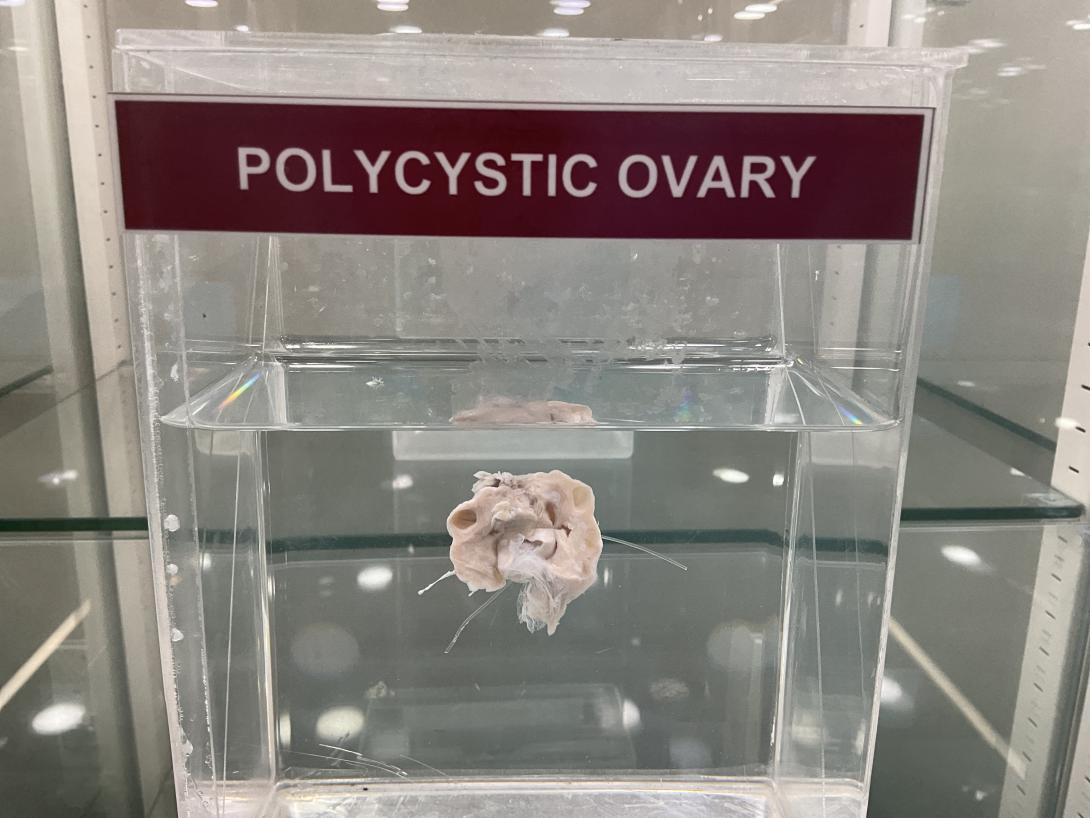- Size and shape: The ovaries are almond-shaped organs that measure about 2-3 cm in length, 1.5-2 cm in width, and 1 cm in thickness. The size and shape of the ovaries can vary depending on age and hormonal changes.
- Location: The ovaries are located in the pelvic cavity, one on each side of the uterus, attached to the broad ligament by a mesovarium.
- Layers: The ovary consists of an outer cortex and an inner medulla.
- Cortex: The outer layer of the ovary that contains follicles, which are small sacs that contain immature eggs. The cortex is also where ovulation occurs, which is the release of a mature egg from the ovary.
- Medulla: The inner layer of the ovary that contains blood vessels, nerves, and lymphatic tissue.
- Parts and structures: The ovary is divided into several parts and structures:
- Germinal epithelium: The outermost layer of the ovary that is a single layer of cells that covers the surface of the ovary.
- Tunica albuginea: A dense connective tissue layer that surrounds the ovary.
- Follicles: Small sacs located in the cortex of the ovary that contain immature eggs. During the menstrual cycle, one follicle will develop into a mature egg that is released during ovulation.
- Corpus luteum: A structure that forms from the remnants of a follicle after ovulation. The corpus luteum produces progesterone, which helps prepare the uterus for pregnancy.
- Ovarian ligament: A ligament that attaches the ovary to the uterus.
- Suspensory ligament: A ligament that attaches the ovary to the pelvic wall.
Understanding the gross anatomy of the ovary is important for the diagnosis and treatment of various conditions such as ovarian cysts, ovarian cancer, and polycystic ovary syndrome (PCOS).
Rack Number
Specimen Number
41

